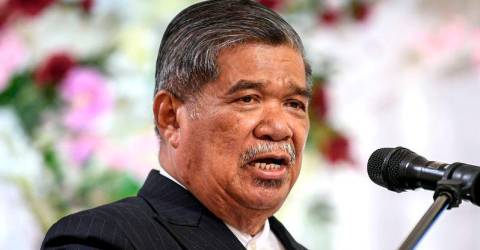Top 7 Countries with Multiple Capitals: A Unique Governance Approach
In a world where most nations operate from a single capital, some countries stand out by employing multiple capitals to fulfill varied governmental functions. This fascinating structure not only reflects their unique cultural and administrative needs but also enhances their governance. Here we explore the top seven countries that have adopted this distinctive system, highlighting their respective capitals and their roles.
The Netherlands: Amsterdam and The Hague
The Netherlands is distinguished by having two capitals: Amsterdam and The Hague. While Amsterdam serves as the constitutional capital, known for its vibrant cultural scene and historical significance, The Hague is the political heart of the nation, housing the cabinet, supreme court, and legislature. The Hague has been home to significant international entities, including the International Court of Justice and the International Criminal Court, reinforcing its role on the global stage.
Malaysia: Kuala Lumpur and Putrajaya
Malaysia operates with a dual-capital system as well, finding its financial and commercial center in Kuala Lumpur while administrative processes are centered in Putrajaya. Constructed in 1995 around an artificial lake, Putrajaya was built to alleviate congestion in Kuala Lumpur and now hosts governmental offices, including the Prime Minister’s residence. Both capitals play integral roles in Malaysia’s governance and economic framework.
Bolivia: La Paz and Sucre
Bolivia’s capital scenario is unique, featuring La Paz as the executive and legislative capital, positioned in the Andes, while Sucre serves as the constitutional and judicial capital. The signing of the country’s Declaration of Independence in Sucre adds historical weight to its significance. Tourists often flock to Sucre, drawn by its rich cultural heritage and galleries that celebrate Bolivia’s history.
South Africa: Pretoria, Cape Town and Bloemfontein
South Africa is noteworthy for having three capitals, each serving distinct governmental roles. Pretoria is the executive capital, while Cape Town houses the legislature, and Bloemfontein serves as the judicial capital. This division not only emphasizes the country’s commitment to decentralization but also illustrates the diversity of its ethnic groups, fostering a sense of inclusivity and representation across regions.
Sri Lanka: Colombo and Sri Jayawardenepura Kotte
Sri Lanka employs a dual capital system where administrative functions are conducted in Sri Jayawardenepura Kotte, whereas Colombo retains its status as the commercial and judicial capital. This arrangement allows for a dynamic support system for the nation’s governance while promoting economic growth through Colombo’s busy port and thriving businesses.
Benin: Porto-Novo and Cotonou
In Benin, Porto-Novo is designated as the official capital where the National Assembly is located, while Cotonou serves as the seat of government and the economic hub. Cotonou is often favored by tourists for its vibrant markets and beautiful beaches, highlighting the juxtaposition between the political and economic landscapes in the country.
Ivory Coast: Abidjan and Yamoussoukro
Lastly, the Ivory Coast represents another case of capitals serving distinct purposes. Yamoussoukro, the political capital, contrasts sharply with Abidjan, the economic capital and the largest city. This structural division allows for streamlined governance while simultaneously driving economic activities in Abidjan, which is often referred to as the country’s business powerhouse.
The Significance of Multiple Capitals
These nations exemplify how multiple capitals can address the needs of governance, culture, and economic activity effectively. The strategic distribution of roles among different cities serves to manage administrative burdens, reflect historical significance, and enhance local engagement. As the world evolves, these unique models could serve as inspiration for future governance frameworks.
Join the Conversation
What do you think about the multi-capital governance model? Would it work effectively in other nations? Share your thoughts in the comments below!


